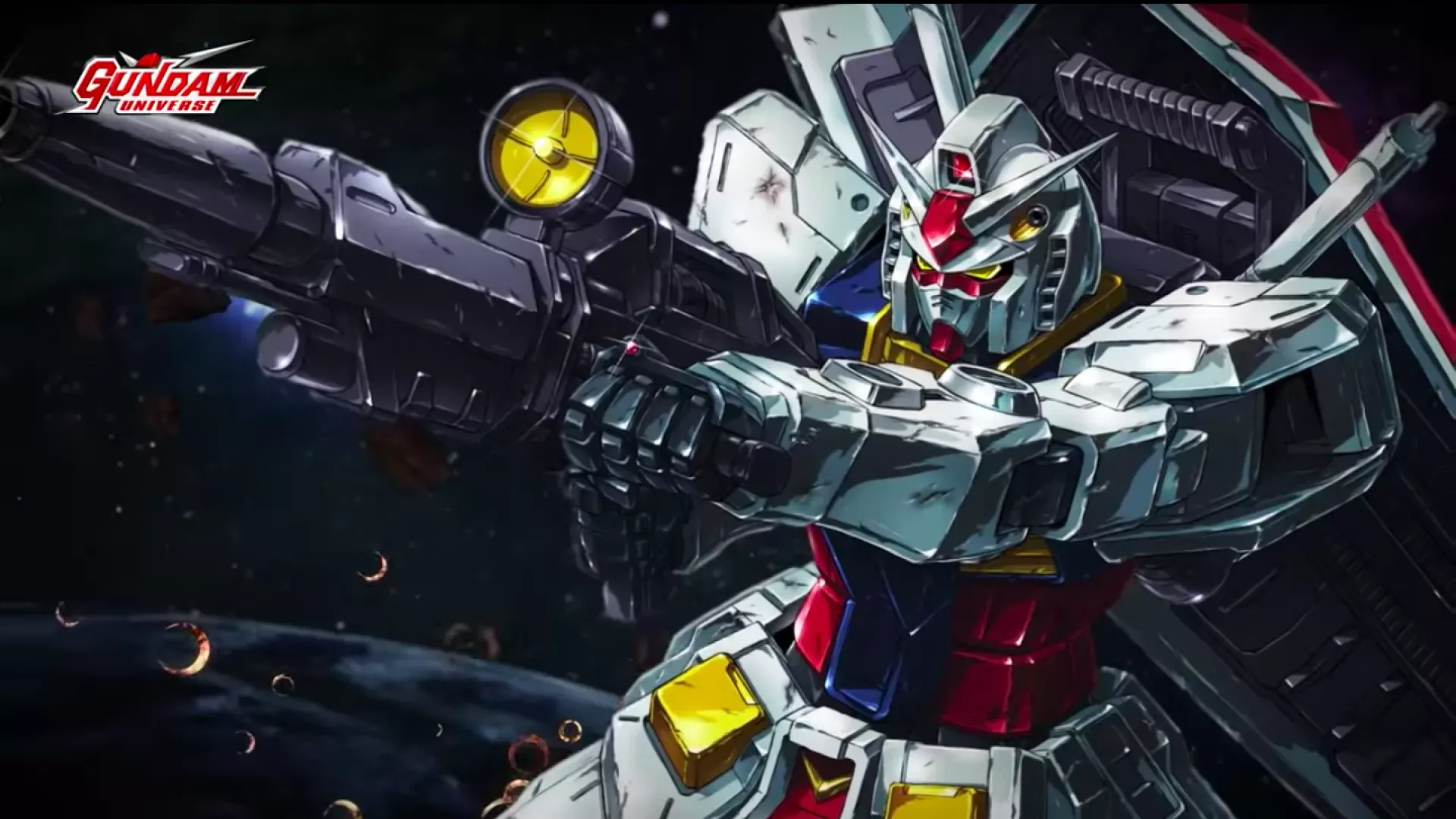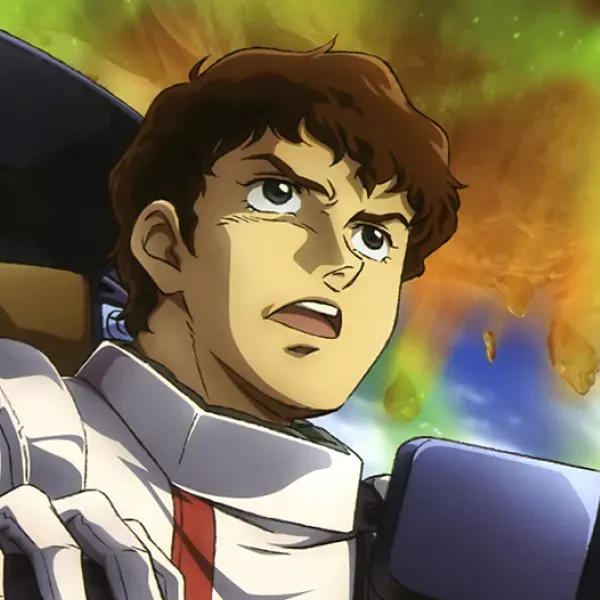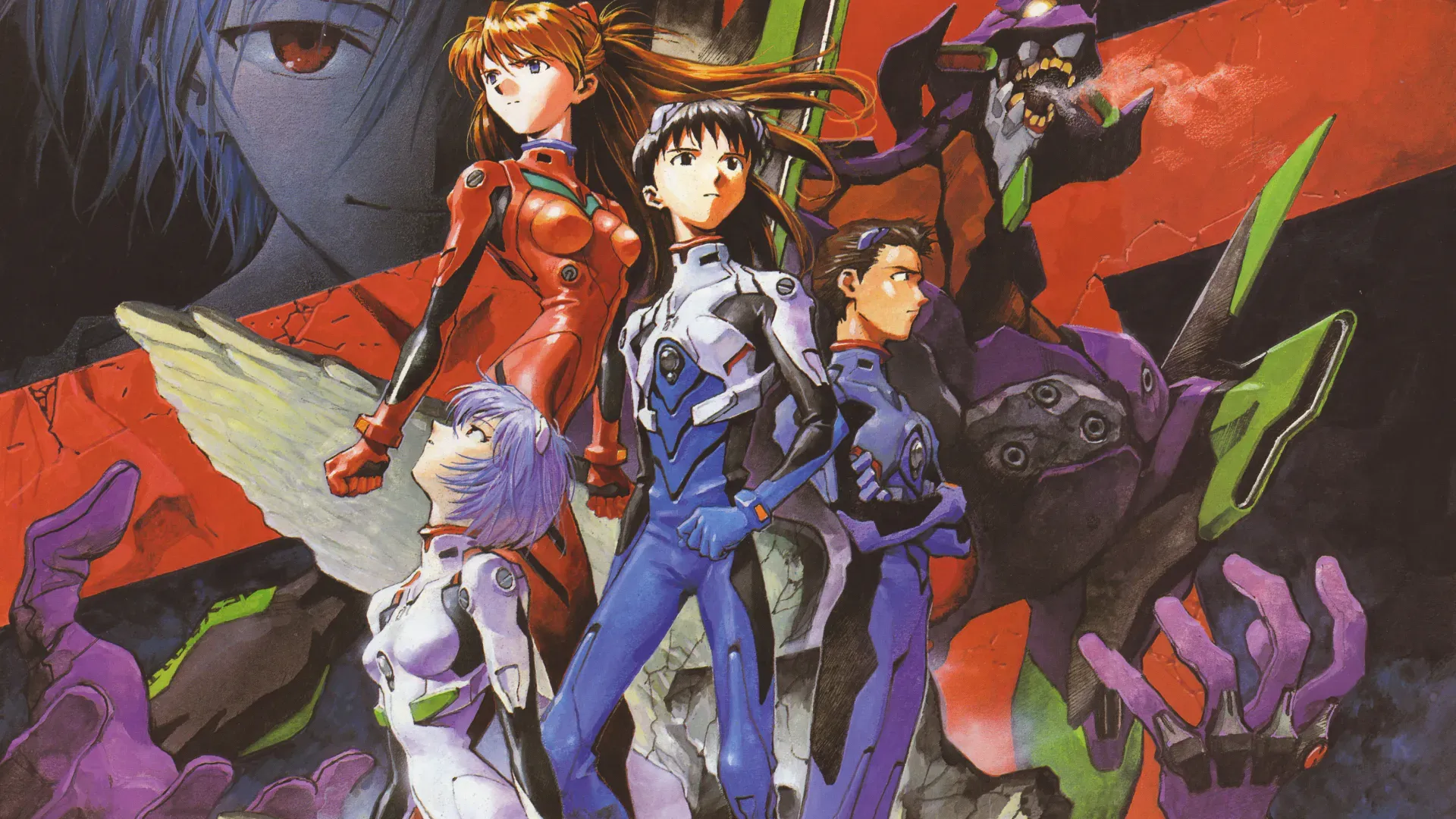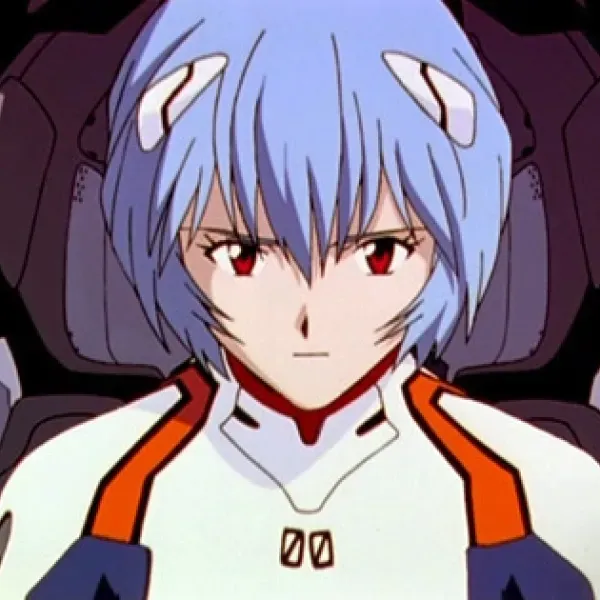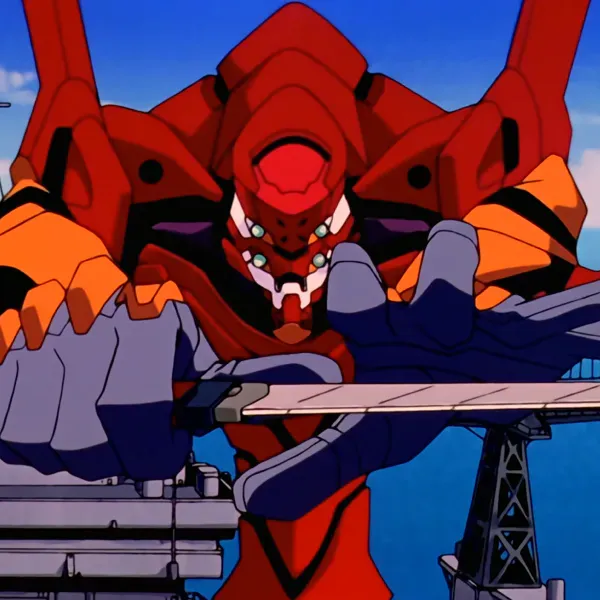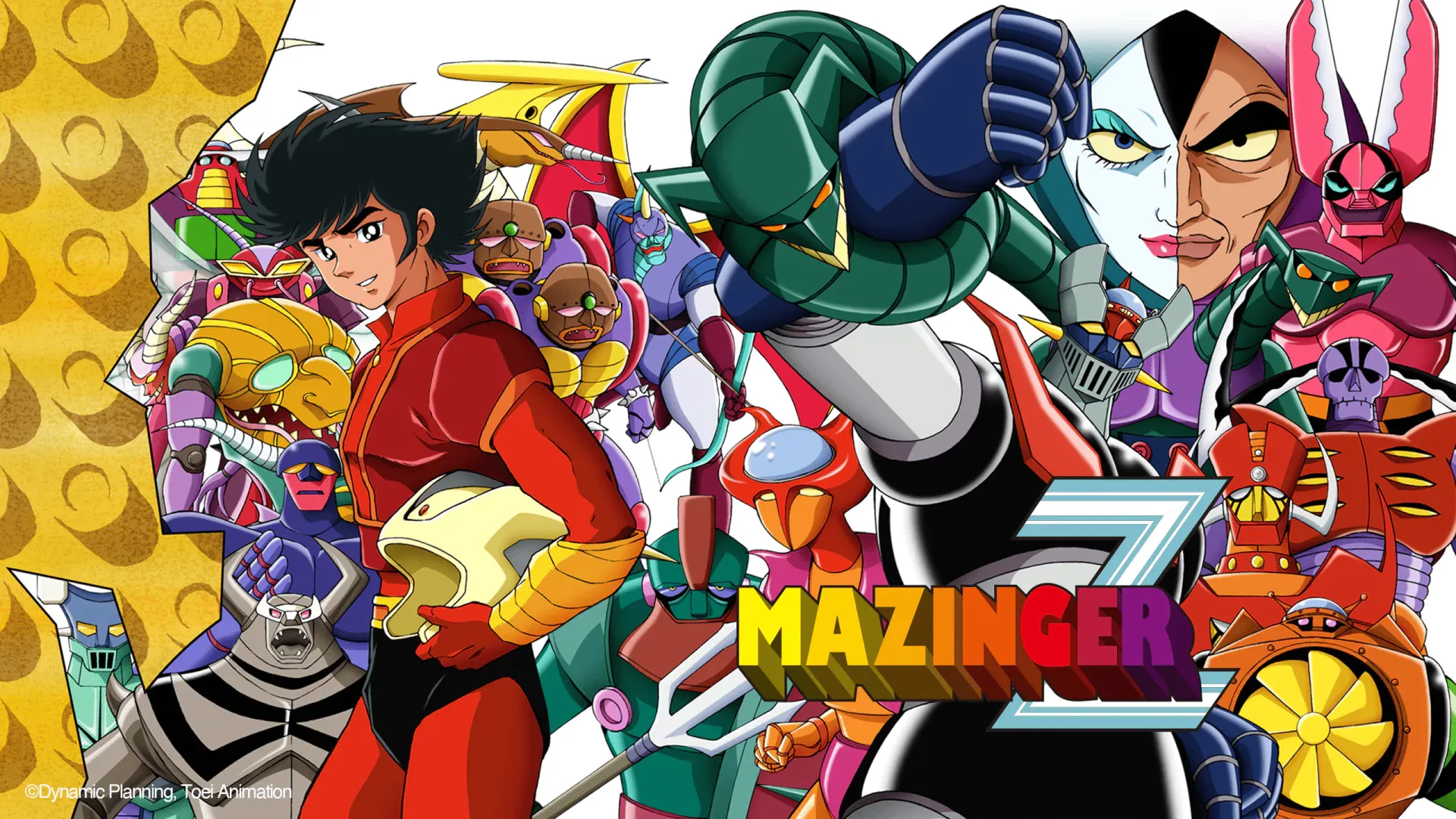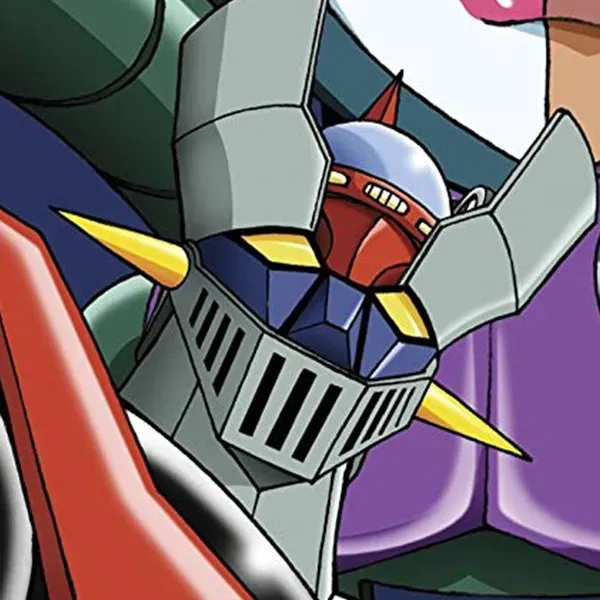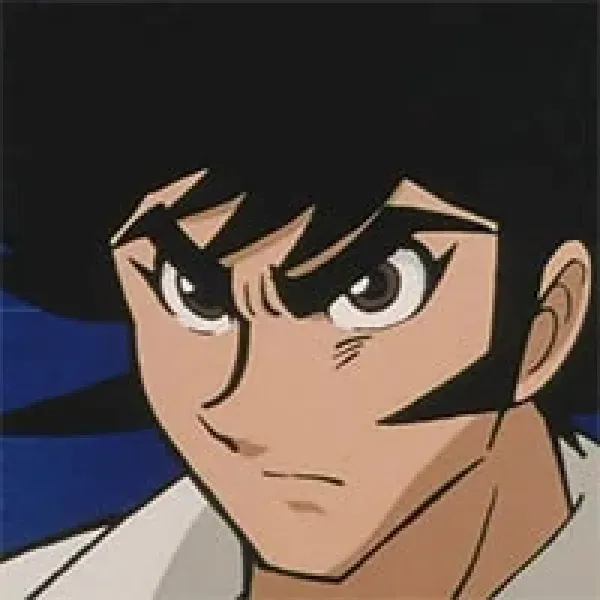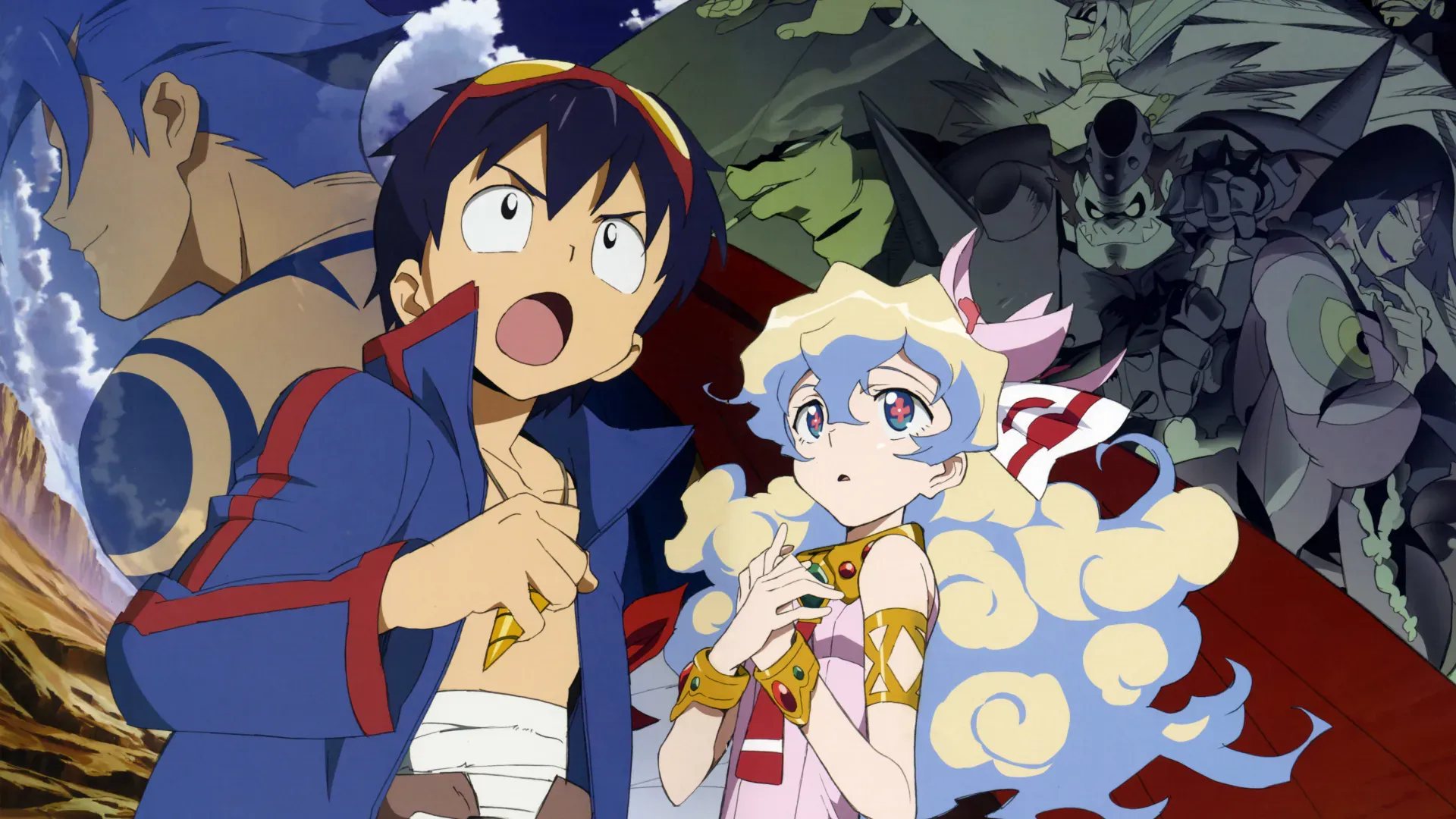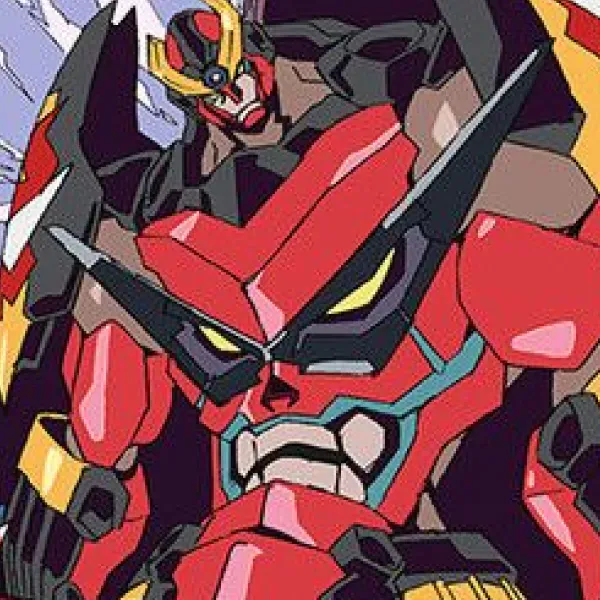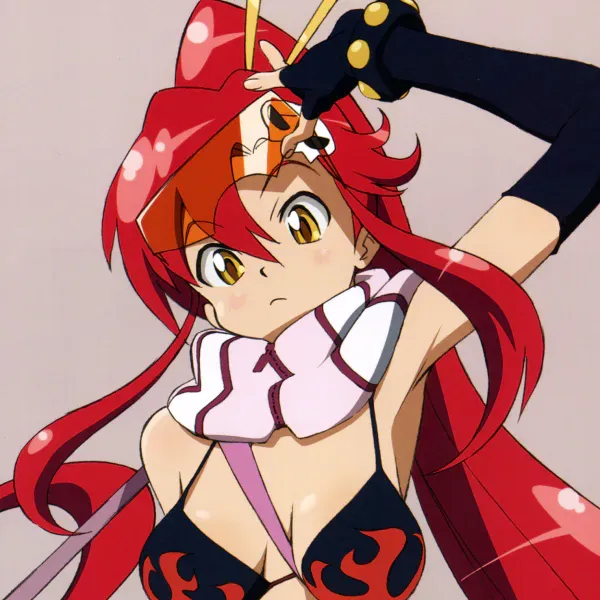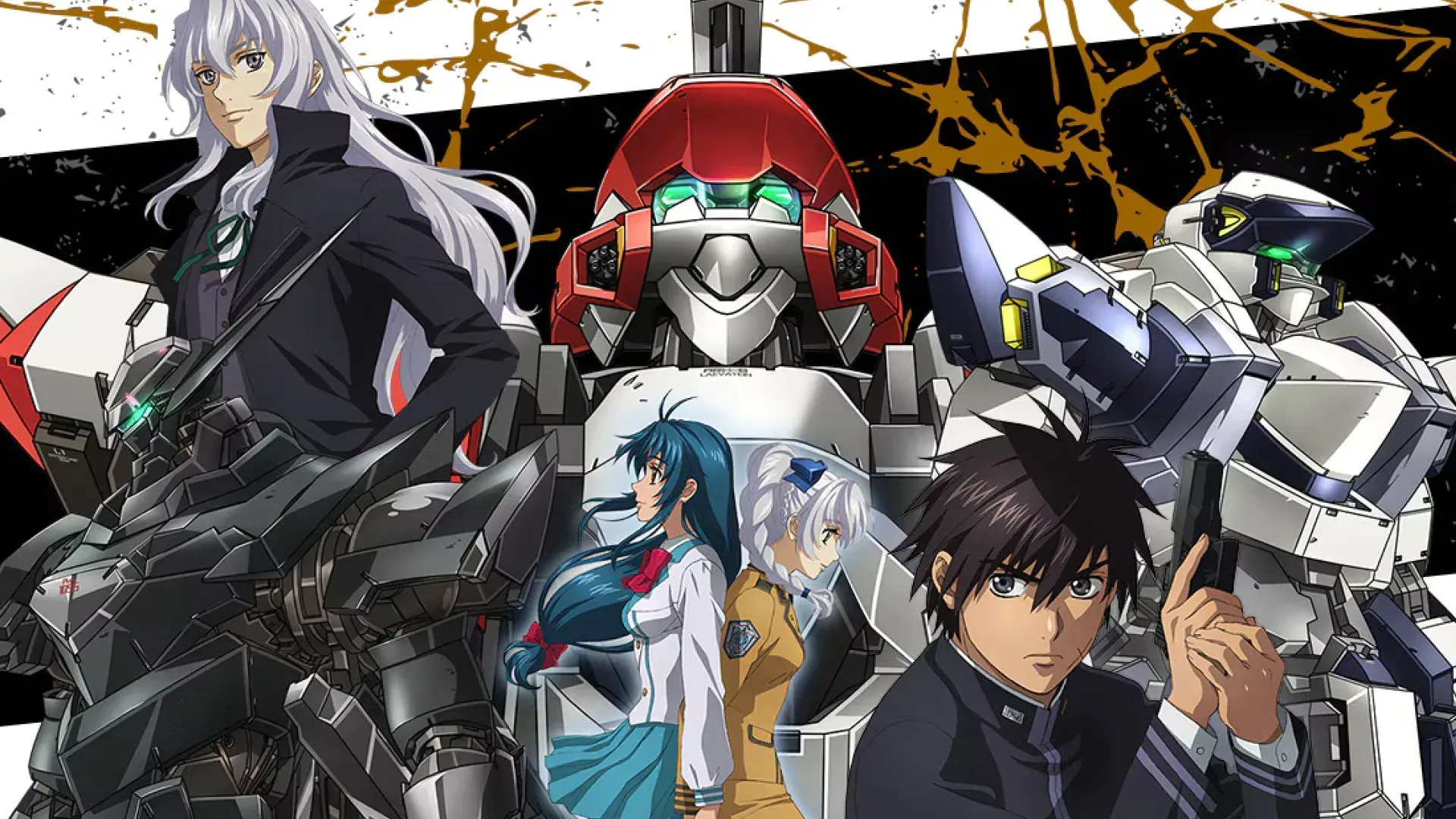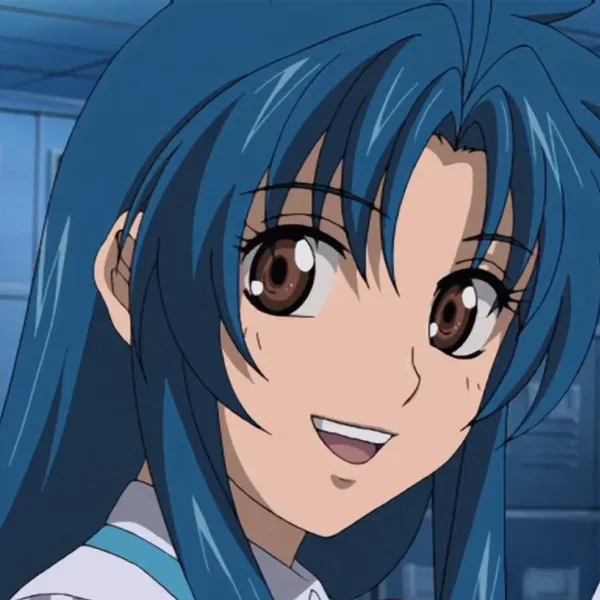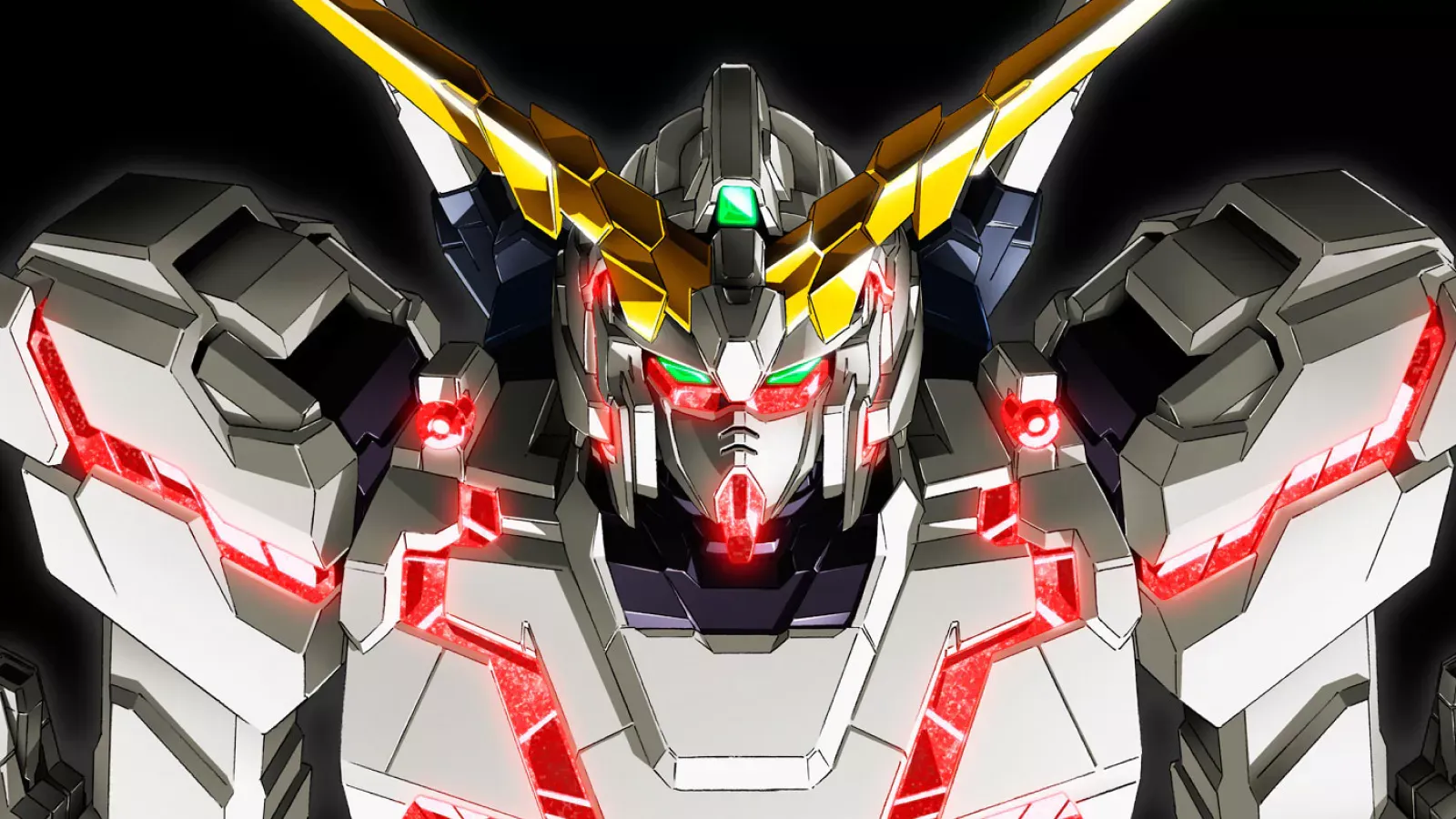
Mecha
Featured franchises
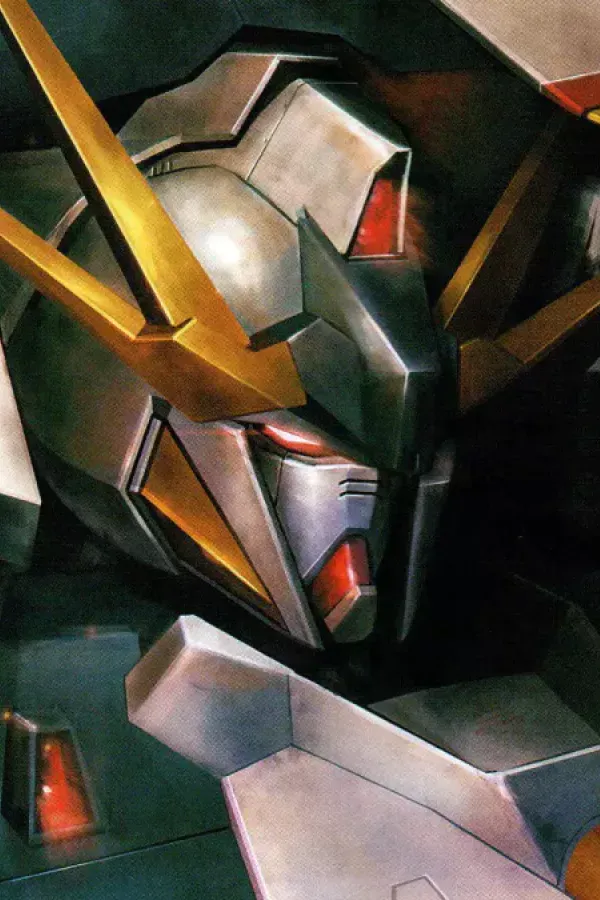
Gundam
Military machines as tools of war in realistic conflicts
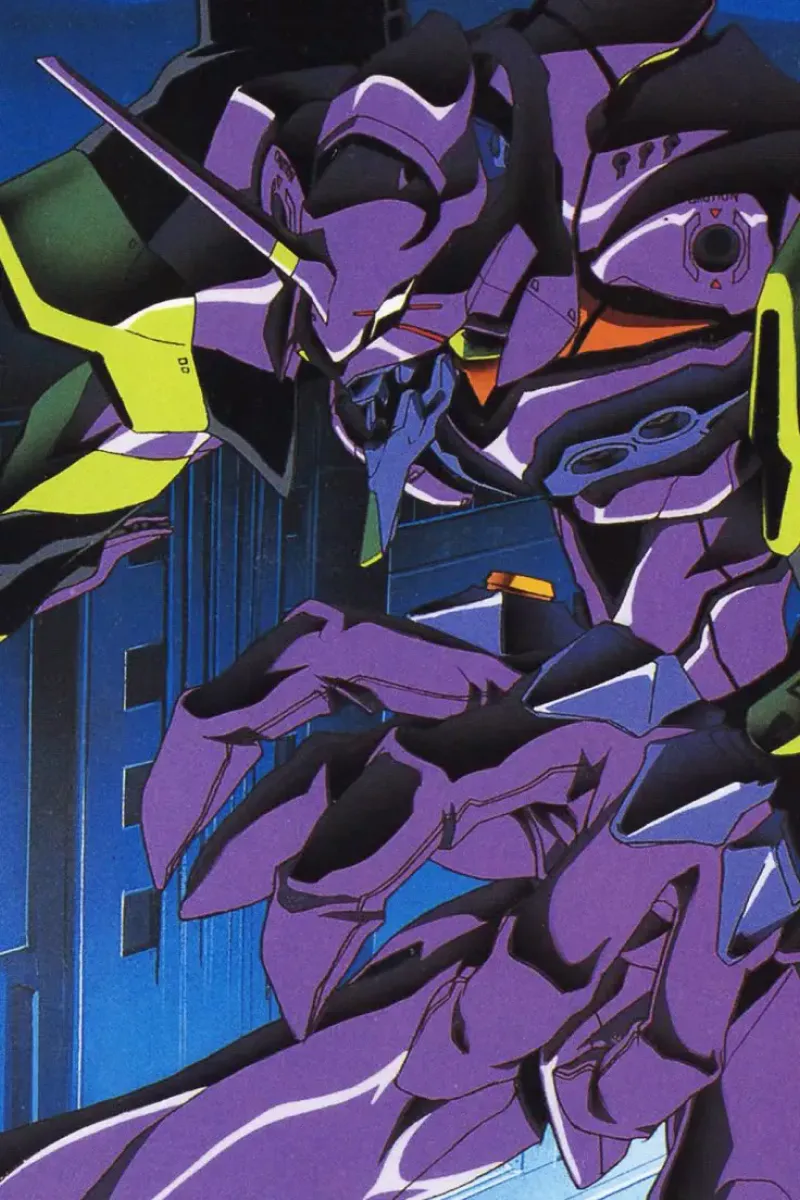
Evangelion
Psychological exploration through giant bio-mechanical beings
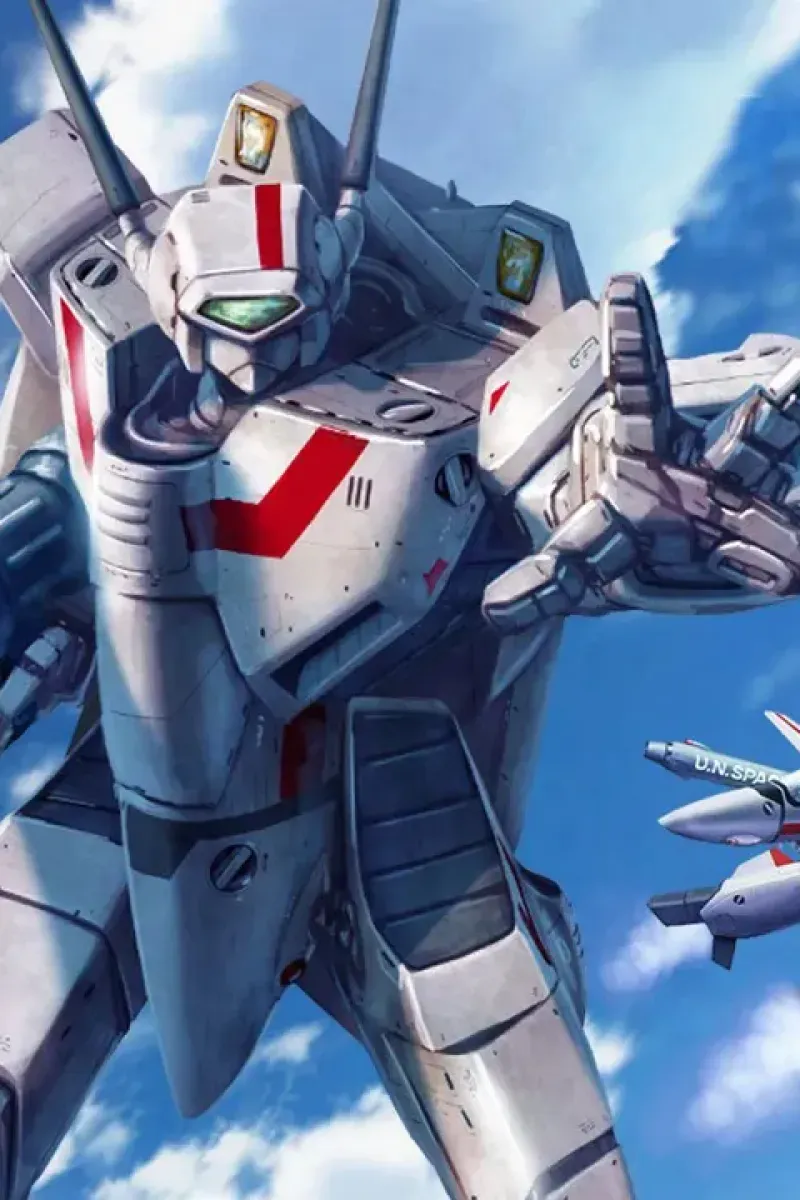
Macross
Space opera combining mecha battles with pop idol culture
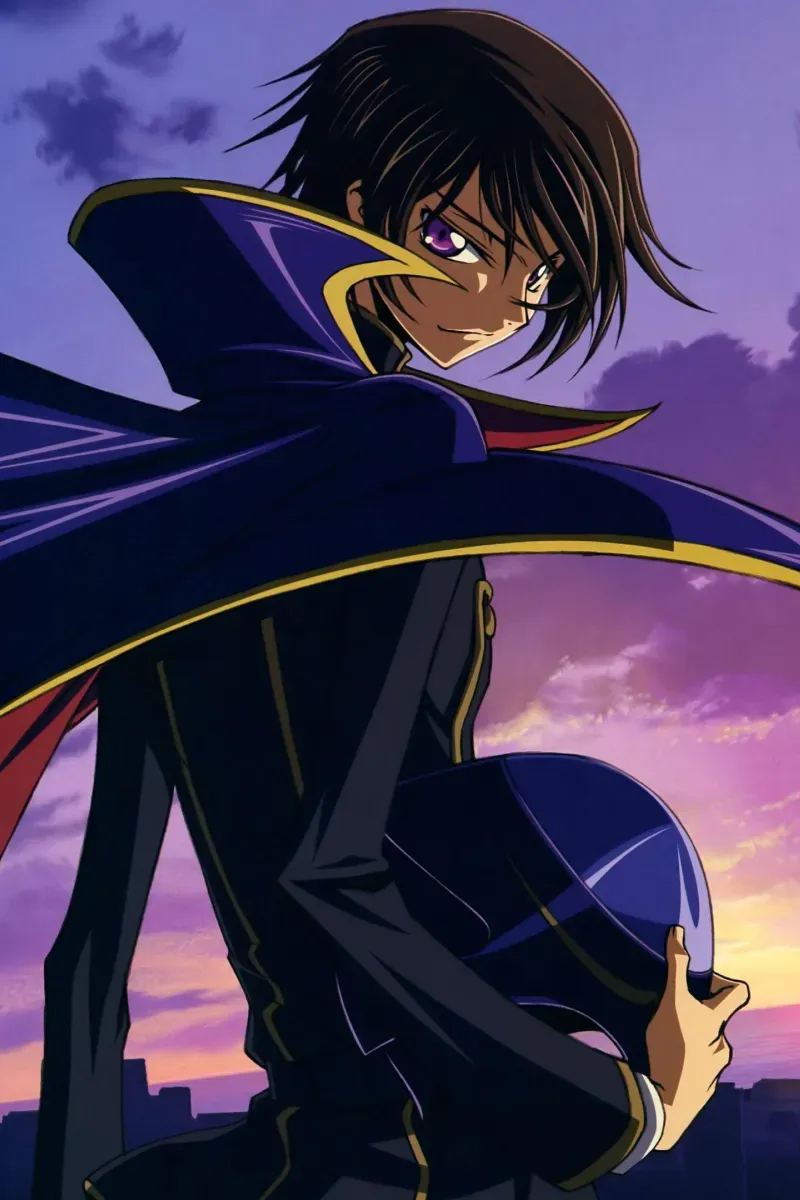
Code Geass
Political intrigue and supernatural powers in mecha warfare
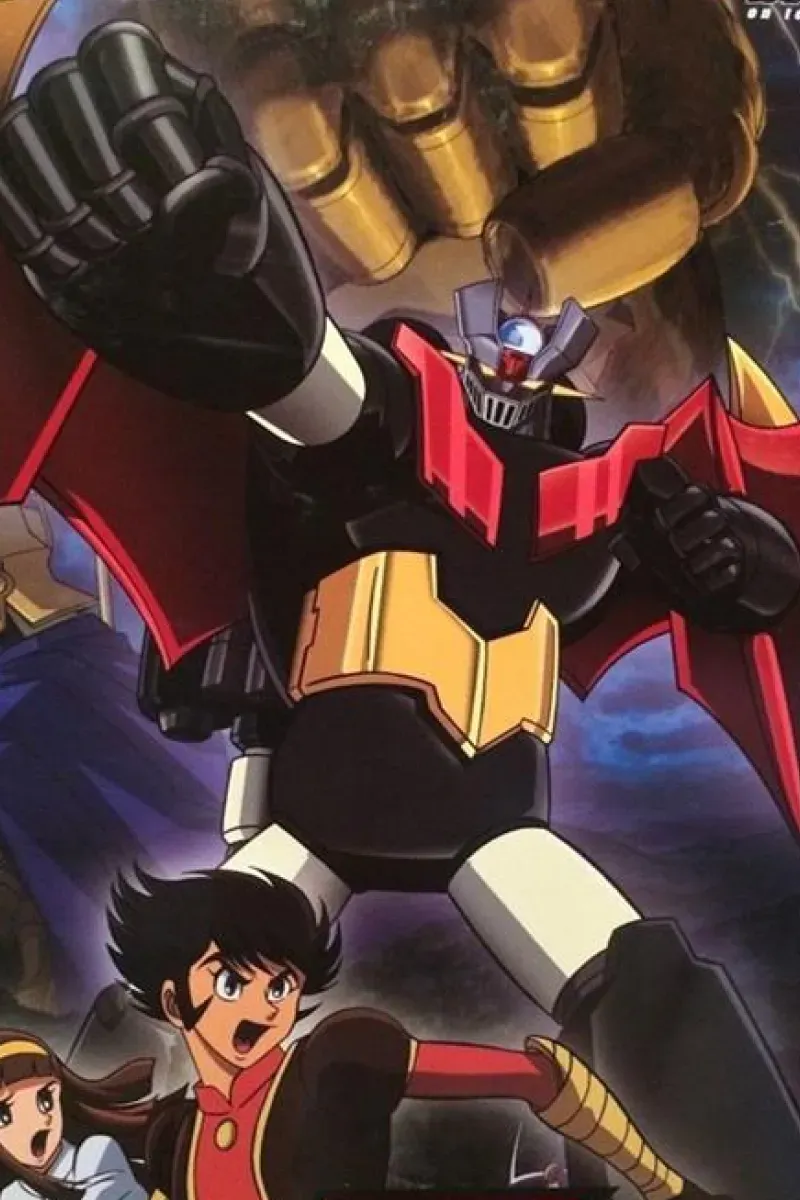
Mazinger
The foundational super robot that created the genre template
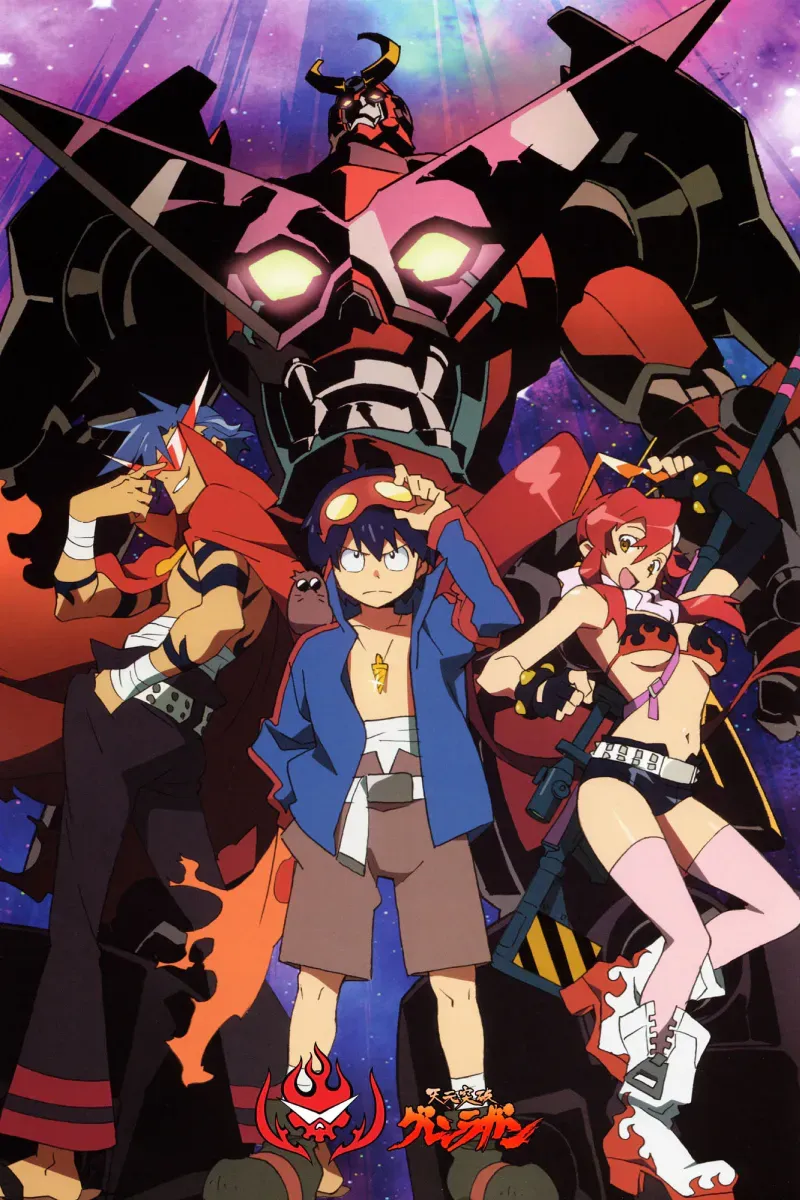
Gurren Lagann
Over-the-top super robot adventure about breaking limits
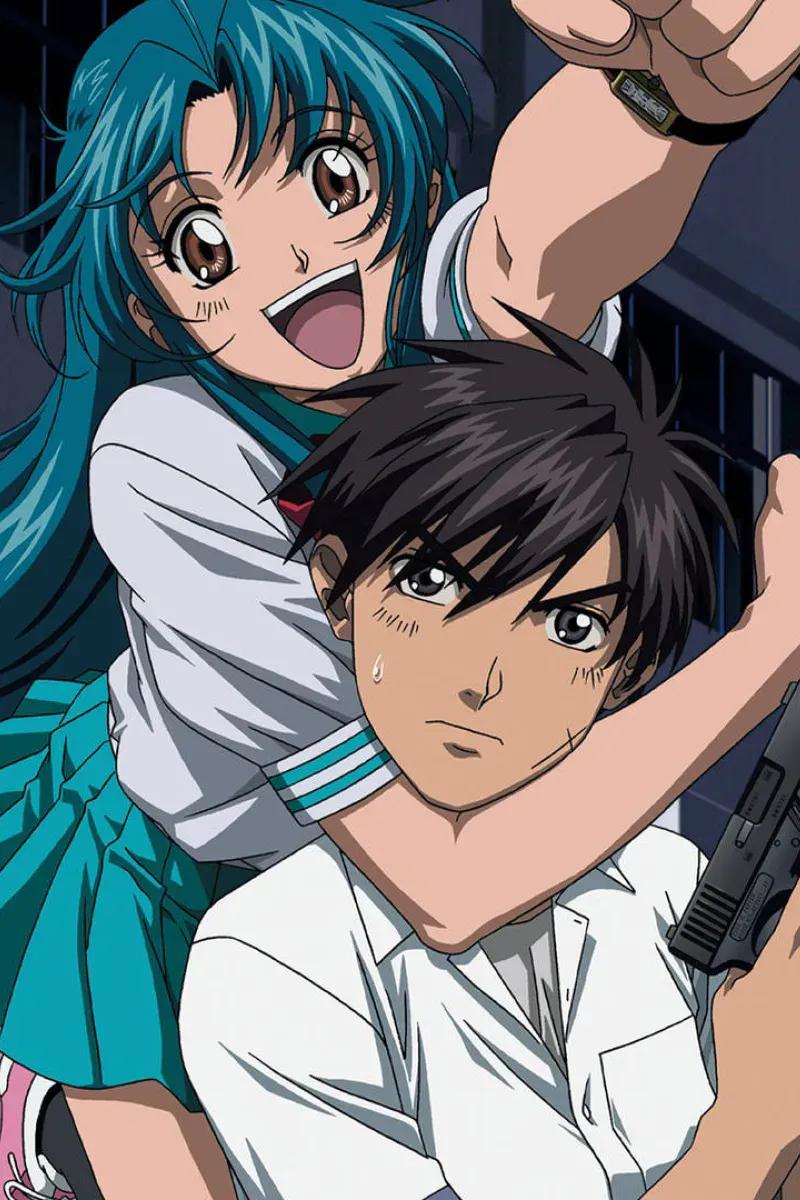
Full Metal Panic!
Military action mixed with high school comedy and romance

All mecha
Explore the complete catalog of mecha anime series
Gundam
Evangelion
Macross
Code Geass
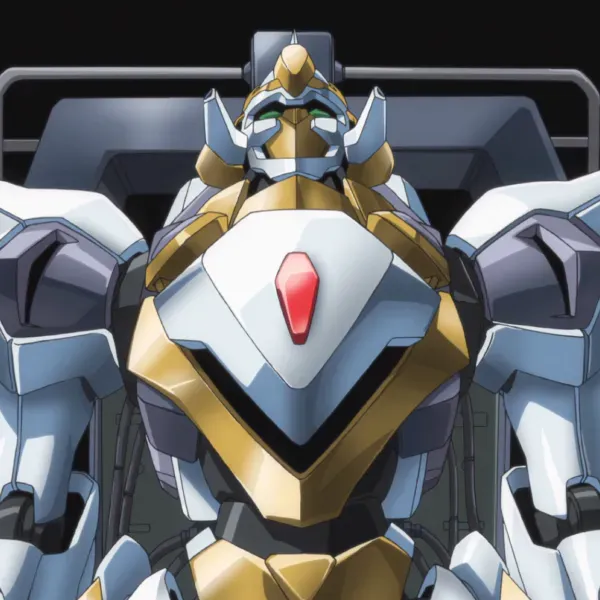
Knightmare Frames
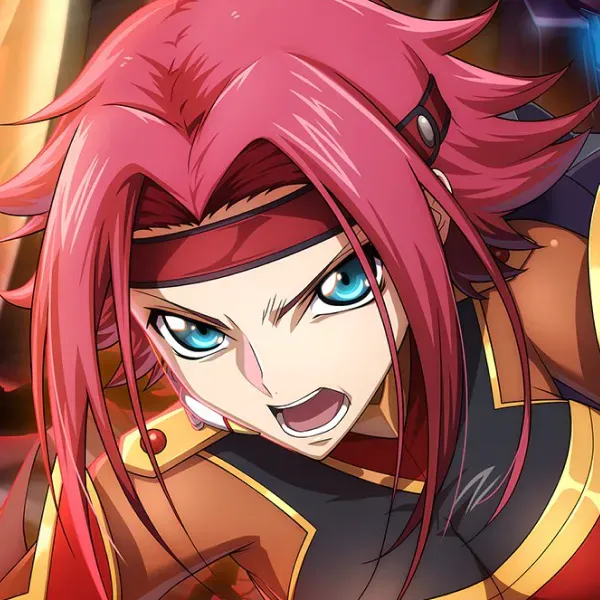
Geass characters

Geass overview
The most strategic franchise
Mazinger
Gurren Lagann
Full Metal Panic!
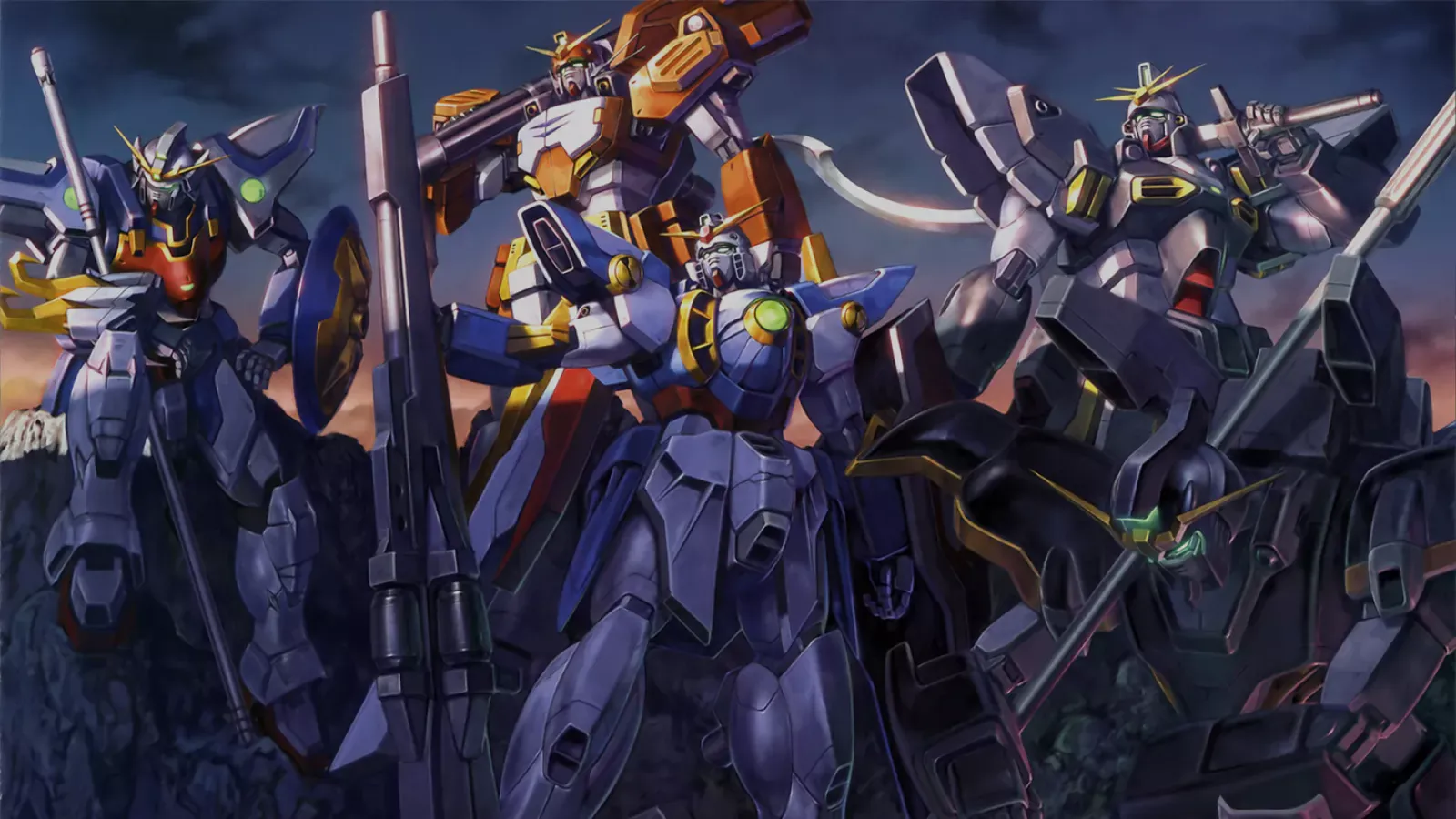
Discover legendary mecha
Subscribe for free to our MechaMail newsletter to get updates on the greatest giant robot anime ever created.
